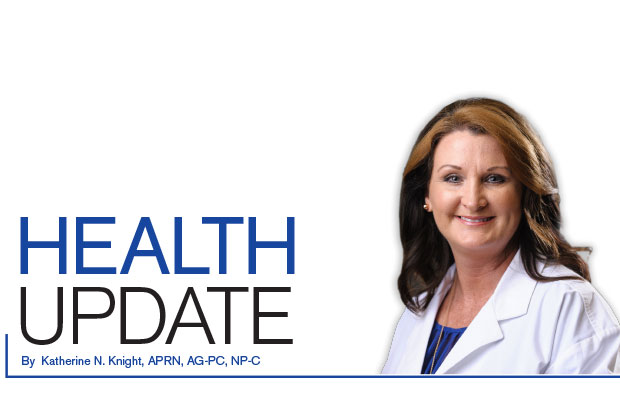National Stroke Awareness

Let’s face it: no one wants to spend unnecessary time or money in the emergency room. According to the CDC (2019), research has shown approximately 50 % of emergency room visits are considered non-urgent. As primary care providers at Saline Internal Medicine Associates, we want to give you some information that may help you decide on whether to call 911, go to the ER, or make an appointment with your primary care provider.
This information can help decrease waiting time in the ER while decreasing out of pocket expenses, etc. If you are not familiar with being ill or have medical knowledge of the sort, you may question what a truex emergency is. This article should give you some insight as to what the recommendations are regarding some symptoms you may have.
Chest pains are one of the most common reasons why people visit the ER. Chest pain can be tricky at times. Musculoskeletal disorders, gastrointestinal disorders, and anxiety symptoms can all mimic symptoms of heart attack. The five major symptoms of a heart attack are pain or discomfort in the jaw, neck or back; feeling weak, light-headed, or faint; chest pain or discomfort; pain or discomfort in arms or shoulder; and shortness of breath. Other symptoms of a heart attack could include unusual or unexplained tiredness, pain in the upper abdomen and nausea or vomiting.
If you have any of these symptoms, call 911 right away.
Stroke symptoms are definitely something you want to call 911 for. You may recognize these symptoms yourself or you may be the one who is witnessing a stroke. Remembering F-A-S-T can help save a life as time is very critical.
Face Drooping: DOES ONE SIDE OF THE FACE DROOP OR IS IT NUMB? Ask the person to smile. Is the person’s smile uneven?
Arm Weakness: IS ONE ARM WEAK OR NUMB? Ask the person to raise both arms. Does one arm drift downward?
Speech: IS SPEECH SLURRED? Is the person unable to speak or hard to understand? Ask the person to repeat a simple sentence, like “The sky is blue.”
Time to call 911. If someone shows any of these symptoms, even if the symptoms go away, call 911 and get to a hospital immediately. Check the time so you’ll know when the first symptoms appeared.
Obstructed airway and anaphylactic reactions should always seek immediate emergency care. This can be due to foreign object or respiratory disease, but also due to anaphylactic reactions to foods, insect stings, medications and latex. Symptoms of anaphylaxis include skin reactions such as hives, flushed skin, or paleness; suddenly feeling too warm; feeling like you have a lump in your throat or difficulty swallowing; nausea, vomiting, or diarrhea; abdominal pain; a weak and rapid pulse; swollen tongue or lips; wheezing or difficulty breathing; a sense that something is wrong with your body; and tingling of your hands, feet, mouth, or scalp.
Headaches can be tricky, just like chest pain. Concerning symptoms include pain above and behind one eye, a dilated pupil, change in vision or double vision, and numbness of one side of the face. The most concerning headache is often described as the “worst headache” ever experienced. It may be accompanied by nausea and vomiting, stiff neck, sensitivity to light, a seizure, a drooping eyelid, loss of consciousness, or confusion. Seek immediate emergency care for these complaints.
Broken Bones and Sprains are a common occurrence that can happen to any person regardless of their age or condition. Not all sprains require an emergency room visit but broken bones need to be looked at immediately, particularly if they pose a risk to other organs. Some key ways to determine if the injury needs immediate medical attention are discoloration, swelling, and visible bone. Cuts and contusions fit in this category and often require urgent emergency attention. Depending on size and in case of severe bleeding, a trip to the ER becomes necessary.
Other reasons it would be appropriate to call 911 or go to the emergency room include the following:
Shortness of breath or difficulty breathing
Loss of consciousness
Bleeding that cannot be stopped
Intense localized abdominal pain
Fever with convulsions
Confusion or changes in mental status
Vomiting blood
Head injury, especially if the individual is on aspirin or blood thinners
Bloody diarrhea
Severe burns
Electric shock
Poisoning or overdose
Suicidal thoughts
If you need to be seen during the evening or on a weekend, consider going to an after-hours clinic or urgent care facility. These may be appropriate options for:
Cough, cold or sore throat
Rashes or skin irritations
Fever or flu-like symptoms
Mild injuries
Earaches
Minor eye concerns
Here at SIMA, we encourage you to think ahead and familiarize yourself with these guidelines to prepare for a potential emergency situation. We are committed to you and your family outcomes and want to ensure the highest quality care, whether it turns out the situation was truly an emergency or not.
*Please note this is not a complete list, but rather general guidelines. If a situation should arise, and you are not certain whether or not a visit to an emergency room is necessary, head to the emergency room for an evaluation. If your symptoms do not meet these guidelines and you believe they do not require a trip to the emergency room, a call to the primary care physician’s office is a good first step. ν










0 comments